From knowing when to greet the judges – and not to scratch the duco on their cars – to looking like you own the arena in the test, these are some tips from my judging experiences to help you make the right impression.
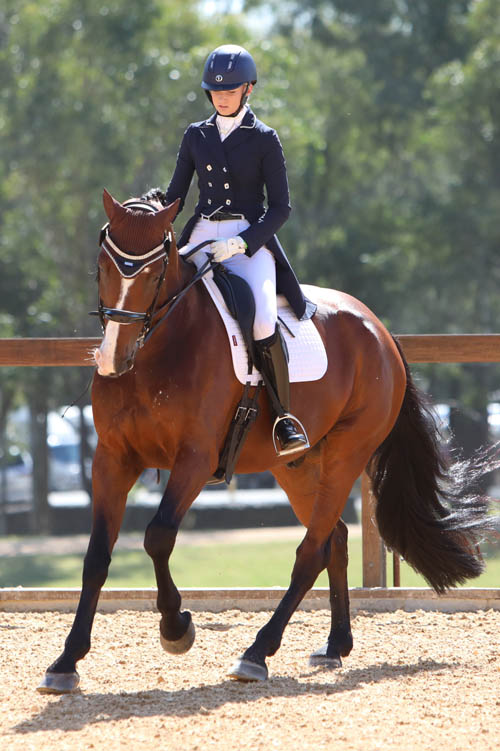
With any dressage test you are able to come around the competition arena once the previous horse has left the arena, remembering that if there is a scratching before you and then if you go around the arena, the judge will sound the bell for you to start. You do not get the scratching’s time to familiarise yourself with the arena.
Also, if you are first on in the morning or after a break, it is not acceptable to familairise yourself by warming up around the arena. You wait until the judges are in position and until it’s your start time, and then you will be allowed to circle the arena once or twice before the bell or car horn is sounded. (For judges it is also important to realise that with wind and outside noises like PA announcements, at 60 metres away the bell can be hard to hear. It’s a good idea to sound the horn and put your arm out the window as a visual signal). You then should come in as quickly as you can, remembering that if you are not through the entrance at A within 45 seconds, it will entail a 2-point penalty from each judge.
For judges, it’s always nice to ring the bell at an appropriate place when the horse is on the outside of the arena, perhaps when the rider is heading up the long side towards A when they are near the corner marker at the C end. As judges, keep in mind that a loud horn when the horse is close to the car is distracting; and if it’s raining, try not to put the wipers on when the horse is very near the car, as it can also create serious distraction!
START WITH THE RULES
The following is directly from the rule book and for sure every rider should be very familiar with all the rules:
3.7 Entering the arena (See Annex D Arena Familiarisation)
Riders and event organisers must be aware of the following:
a) When presenting to the judge before a test, riders do not have to stop and report to the judge but must make sure the judge has clearly seen their Horse Identification Number.
b) For competitions where it is not practical or safe to ride around the outside of the arena prior to entering, the rider is permitted to enter the arena as soon as the previous rider has exited and before the bell is sounded. After the bell has sounded the new rider starts the test from within the arena.
c) Under special circumstances and conditions, the OC may also permit riders to ride within an outdoor arena.
d) For outdoor competitions, if the area surrounding the competition arena is unsuitable for riding on, then the Chief Judge, in consultation with the OC, will make a decision as to whether it is permitted to allow the competitors to enter the arena and complete one lap each way prior to commencing their test. Such a decision must be announced at least 30 minutes prior to the commencement of the competition. Once the bell has been rung the competitor is required to come down the centreline at A (via the shortest route) and judging commences once the rider is on the centreline.
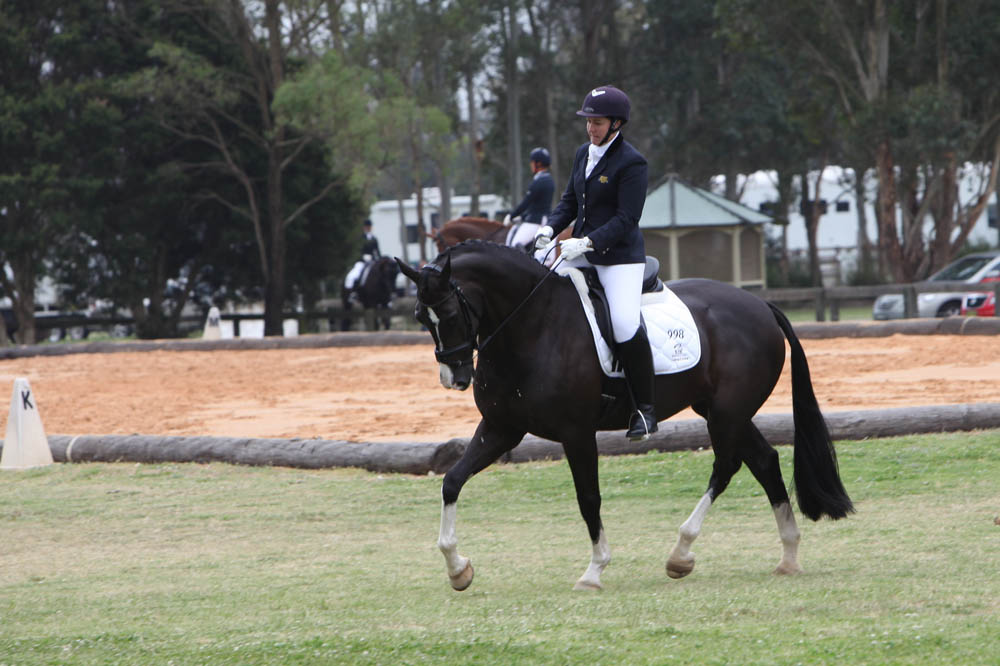

e) After the bell has sounded, the competitor must enter the arena at A as soon as possible.
f) Failure to enter the arena within 45 seconds of the bell being sounding will entail a penalty of 2 points per judge. Should a rider continue and not enter within a further 45 seconds they will be eliminated.
g) Entering the arena at A before the bell signal has been given may entail a penalty of 2 points per judge.
h) Judging commences with the rider’s entry at A.
i) Judging is not influenced by any actions of the competitor prior to their entrance at A.
j) At the first halt and final halt competitors must take the reins in one hand to salute. Failure to salute will entail a 2-point penalty from each judge.
k) A whip may be held in either hand at the salute.
l) Judging ceases when the horse moves forward from the final salute.
m) After the final salute the competitor should leave the arena in walk on a long rein at A.
n) The competitor must be mounted on leaving the arena at A.
o) If the entry at A is open for the first horse of a competition then it must remain open for the rest of the competition.

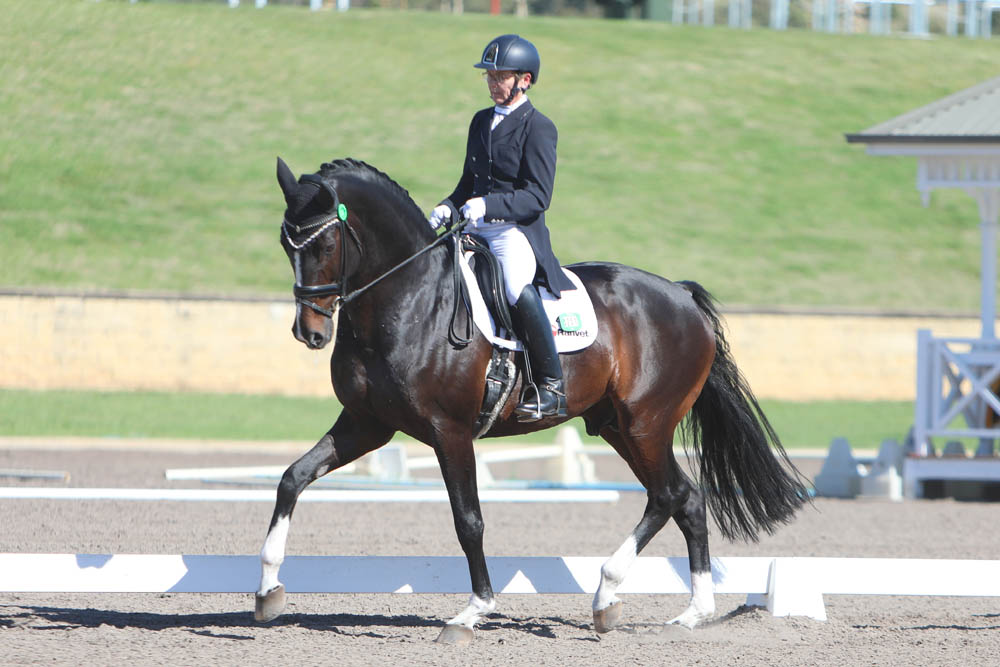
“Keep in mind what level
you are riding.”
FIRST IMPRESSIONS COUNT
The way you present your horse around the arena will make a real impression on a judge that has to sit there all day judging. It’s guaranteed that once a judge has looked at a horse and rider present themselves around the arena, in their mind they will surely think one or a combination of the following: This will be wild. Not another boring, dull test. Not a lot of effort has gone into this presentation. Wow, this looks fancy. How beautiful is the presentation. Not another one above the bit. Oh here we go, look, it can piaffe and do changes, but isn’t this Novice!
And the list goes on… so it’s very important to make a good and professional impression on first sight.
The big question is, what do you do in the time between entering the competition arena and the signal to commence the test?
There are so many variables, but the first and most important things to consider are:
- Is all your gear correct in accordance with the rules for your level? It is down to you to make sure; the gear steward is only there to help, but you as the rider are ultimately the one responsible. Know your rules especially about… attire, whips, spurs, noseband, bits and the like. As first impressions are important and if the judge has to stop you on the way round to say you still have your bell boots on or no gloves or the incorrect hat or jacket, you are going to look incompetent and that’s not a great start before you get in.
- Are you starting outside the arena or from inside?
- Is it indoors or outdoors?
- Know what the footing and going is like around the arena.
- Be aware of which rein you want to enter from and stay focused to make sure that happens.
- Check well before the test that there is room to get all the way around the outside of the arena.
- If you are first on, check the gate is open.
- If you are warming up near the competition arena and the horse before is riding its test, do NOT get close to the arena and distract the competition horse.
- Always ask at the gear check which is the horse before you, so you know who to follow as it can be embarrassing trotting around when you find out there is still a horse to go before you!
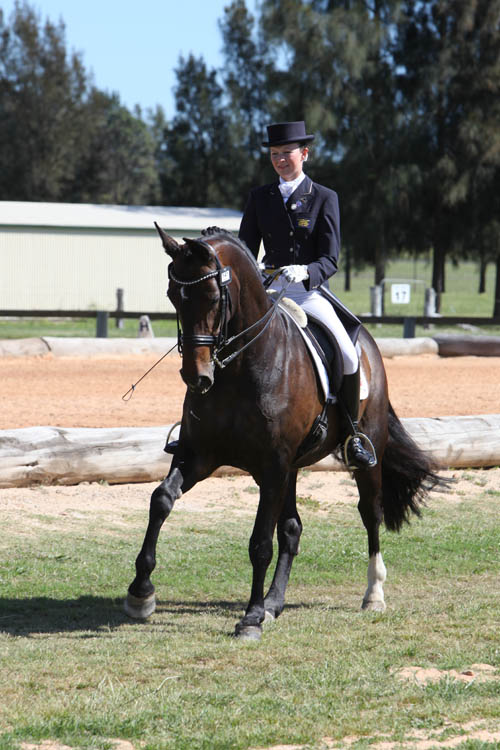
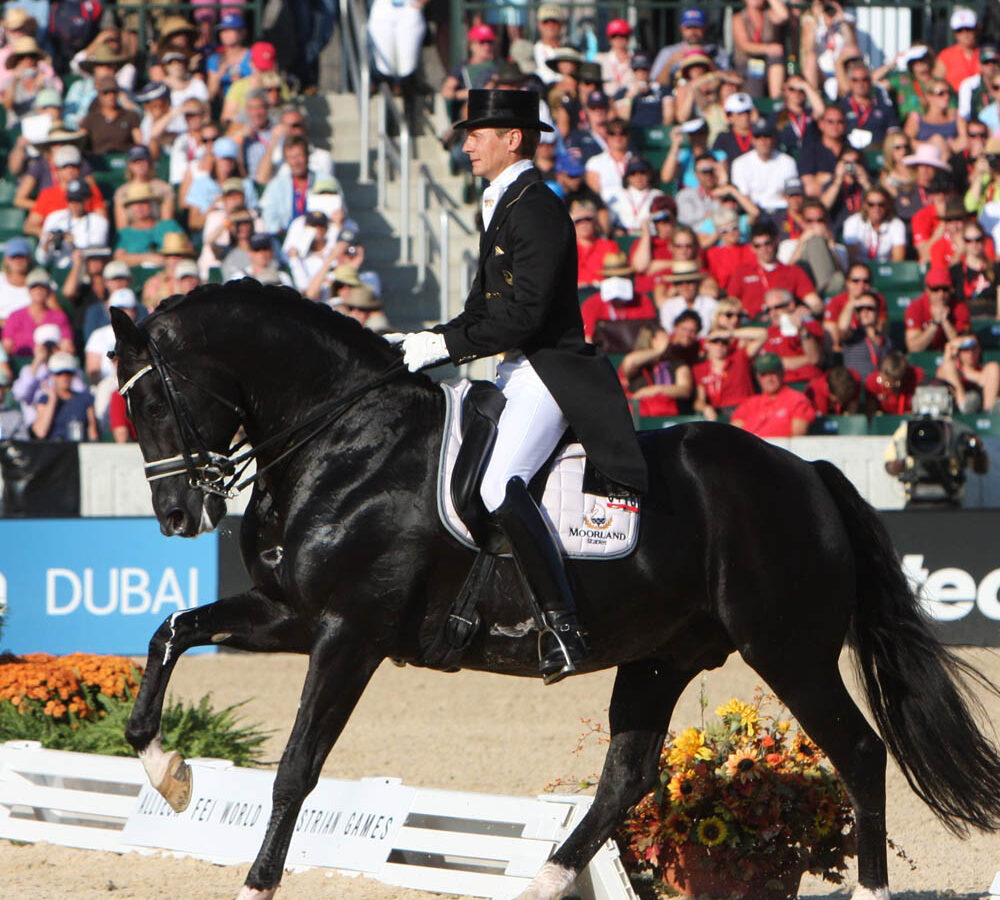

So, when the horse before you has left the competition arena at A you can start to ride around the outside of the arena. There is no need to stop at the judges’ car unless you are perhaps taking a late scratching or are out of order after gaining permission and need to ask the judge if they have been given that notification. You must try to trot in front of the car if outdoors or in front of the judges’ desks if indoors, as they need to check the number on your horse and it must be on both sides — and make sure it’s the correct one. Being stopped to find you have the wrong number is a bit embarrassing!
You must also keep in mind what level you are riding, and that this isn’t the time to show off. This isn’t the time to be riding movements way above the level. The time is designed for the riders to have the chance to settle and get in the zone of the test so it’s not a time to wave to the fans and smile for the camera! It’s a time of dedicated concentration and the only thing that matters is that you and your horse are on the same page and focused and attentive to you for doing the best test you can.
By the same token, it’s a time to show off to a modest and certain degree. Never bite off more that you can chew and the most important thing is to make sure that your horse is on your side; ride appropriate exercises going around the arena to show and check this. A friendly pat never goes astray and do not show any annoyance with your attitude even if things are not going to plan. Judges, too, pick up on riders’ vibes, so you must appear focused and happy with whatever it is, ’cause it just is!
Of course, if your horse has a great trot and not such a good canter, it is good to show the best pace, whichever it may be. The first movement is straight down the centerline and halt, then trot off and a big mark here sets the stage for the rest of the test. If you warm up around the competition arena with lots of lateral work with a young one, the centerline may well be wobbly. Keep it simple and remember not to make the warm-up exciting if you have a hot horse, as the impression may be ‘wow, look at this fancy one’, but when you can’t halt and get a 3 it’s disastrous. Of course, you know your horse well and what he is capable of.
While there are no marks for going around outside the arena and it only officially counts when your test begins, by the same token first impressions do count for something. It’s not a great idea to show an exaggerated deep frame, nor is it good to see a rider making the horse more lively or exaggerating any aid or movement, as this is not wanted and is not in keeping with the spirit of the test.
It is not necessary to stop at every judge and introduce yourself; in fact it’s a no-no really. By the same token it’s always polite to say ‘good morning’ or ‘good afternoon’ as you pass by if the moment is right, or simply a small nod of acknowledgement. One hate is riders who ride really close to the front of judges’ cars with stirrups at a height to scratch the duco… not a good start!
It is always nice for judges to see a horse that is willing, happy and adjustable on the way around the arena before starting. For the more experienced horses, medium to collected, shoulder-in to renvers, transitions, and half-passes with good changes of bend are all great to see. Above all, show the judges the harmony, the elasticity and the control. Get their attention so they want to watch what is going on. Do not be brash and over the top. Set the scene for the test and own the arena. Make the most of it and take your time above all, as frantically trying to do piaffe, passage, one tempis and a few pirouettes before you enter is not the way to create a relaxed and harmonious introduction to the judges.
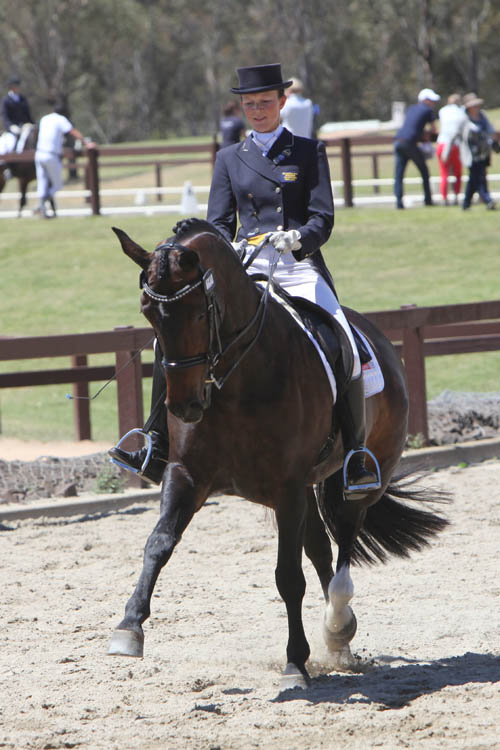
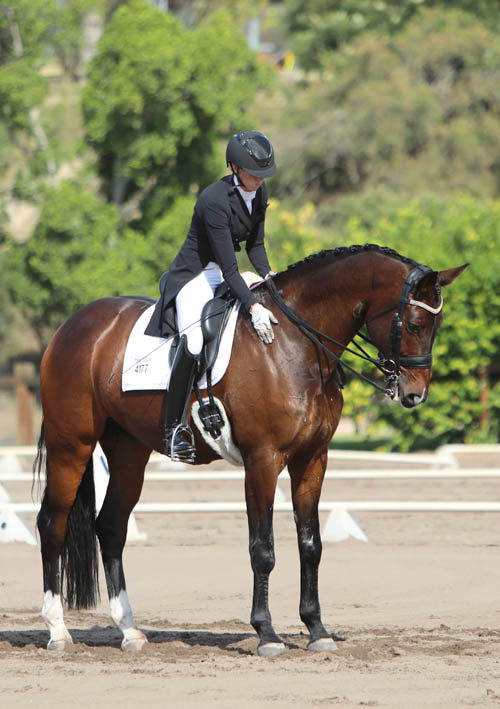
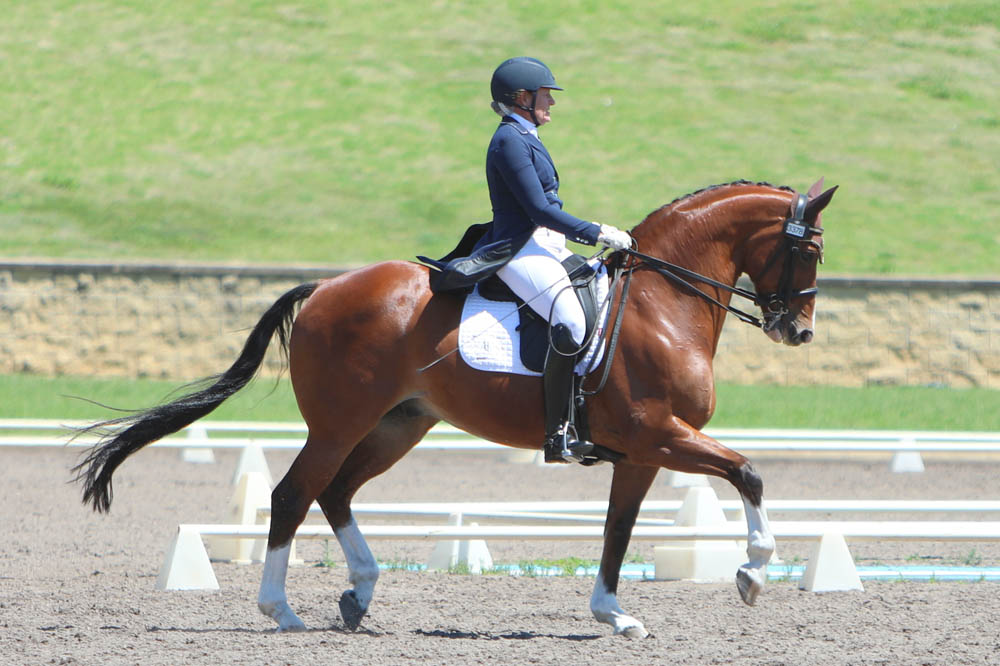
“Focus totally on the harmony,
empathy and attitude.”
Do not take the whole 45 seconds allowed if you don’t need it just because you can, as it wastes time and the judges have a lot of horses and work to do, so efficiency and getting on with it is of the most importance. Don’t practise any movement that’s not in the test before you enter and don’t try to make a last-minute fix for a movement you don’t do well, as it only shows the judges the problems and they will be waiting for it in the test.
Something every rider should do is actually judge and then you realise the things that can really annoy you with horses coming into the arena. Believe me, one of them is riders who are late and don’t go around the whole arena so the judges can see the number, or riders who just walk ponderously around looking nervous! Dressage competition is time scheduled, it’s precise, it’s disciplined, it’s artistic and harmonious and this is the attitude you need to exude.
Make the most of your free time around the arena and always focus totally on the harmony, empathy and attitude of you and the horse. Show adjustability and understanding. Make sure that the preparation for the entry is organised to be dead straight, and the halt square with a positive salute and good rider expression. The rest will follow. EQ
YOU MIGHT ALSO LIKE TO READ:
Training the Piaffe – by Roger Fitzhardinge (Equestrian Life, November, 2021)
Flying Changes: How To Earn Your Wings – by Roger Fitzhardinge (Equestrian Life, August, 2021)

